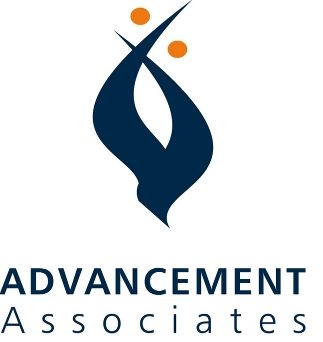We know that many of our donors will make their gifts between now and the end of the year. What are the most important activities for our development staff during this time?
For most organizations, the flow of charitable giving is the greatest in December; in fact, that month alone may exceed the total of the other 11 months combined! Among other factors, year-end tax planning clearly drives this reality.
Here’s a list of key year-end priorities for the development office:
1. Get fund letters in the mail on time. Given the holiday season, most experts agree that letters arriving after the first week in December receive little attention. And, it goes without saying that your letter must reflect “best practices.”
2. An increasing number of year-end donors choose to give on line. If you allow such contributions, review your website. Is the case for support clear and compelling? Are all the clicks required to make a gift easy to follow? Do they work?
3. Review the names of your major donors carefully. Which ones tend to give in December? If you plan to personally invite a gift, be sure the timing of your request matches this pattern.
4. Which of your donors would welcome a personal call or visit at the end of the year? Those who have made large gifts are obvious. What about first-time or increased gifts? Others? Make lists, assign them to development team members, and follow through.
5. Have development staff fully available during the holiday season, including the week between Christmas and New Year’s. Answering technical questions, recording gifts and preparing receipts, thanking donors—all of these functions happen in spades in December.
